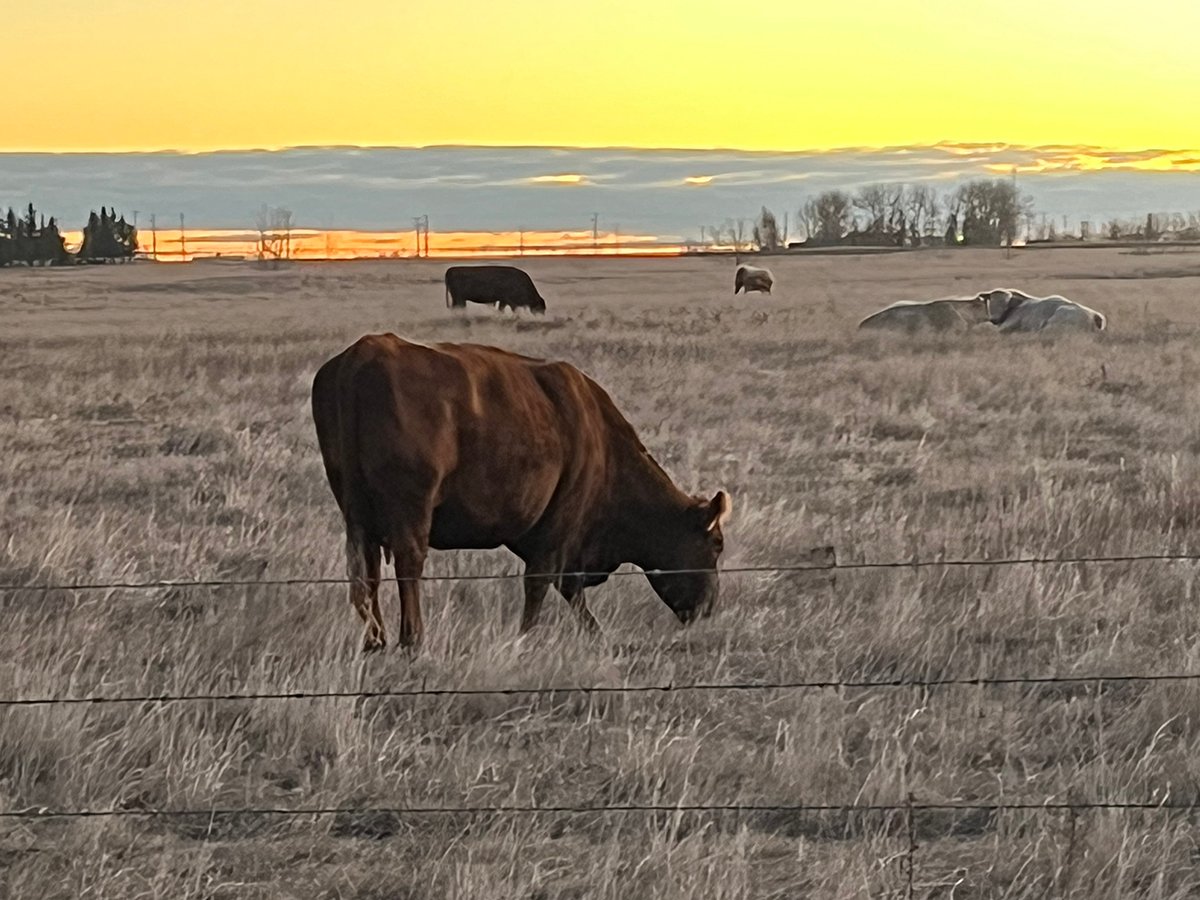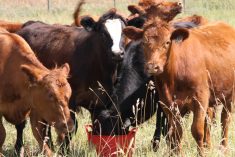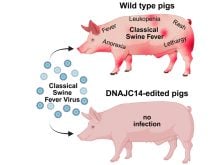BLACK DIAMOND, Alta. – A coal black herd of cows graze the spring pastures on Sam Johnson’s ranch.
These are Irish Kerry cattle, whose family tree is rooted in Neolithic Persia.
Today, a handful of breeders in North America and Ireland are doing their best to rebuild the endangered breed by promoting a marbled, grass-fed product that also produces ample, rich milk.
“To me, they’re just cows and they are not pets,” said Johnson, a third generation cattle producer at Black Diamond.
Read Also

Animal protection delivery to change in Saskatchewan
The Saskatchewan government is looking for a new agency to handle animal welfare after Animal Protection Services of Saskatchewan decided not to renew its contract next year.
He owns the black cattle with his wife, Myrla, and partners Lisa Van Ee and Brian and Katie Payne of Scandia, Alta.
The Kerry was an indigenous Irish breed used mostly for milk production. It was a peasant cow that survived the Irish potato famine and civil war, although the two crises took their toll. Modern agriculture with larger, more productive cattle also pushed the breed aside.
Only 180 females were left by 1982, but small groups of breeders decided the animals were worth preserving because they were different and had cultural value in Ireland.
The cattle were first imported to Canada in 1971 when Russell Scott brought in 11 cows and a bull from Ireland to preserve them as a rare breed in Ontario.
Small herds were also found in the United States.
They are moderate-sized, finer boned animals with a solid black coat and lyre shaped horns. Some reds occur.
The new partnership has decided to increase the numbers and promote the cattle as a heritage breed.
Johnson said Kerry beef will never be a mass marketed product. Instead, it will be sold to those interested in heirloom foods.
“You have to go back to some of those heritage breeds if you want to complete the package on the way we want to farm,” Brian Payne said.
“If you are going to go after these eco-gastronomes who follow the slow food movement, it’s a huge thing.”
The Johnsons have sold meat and the Paynes are interested in farmstead cheese-making because the breed’s butterfat profile is different from Holstein and Jersey.
A recent meat seminar in Calgary introduced them to Alberta chefs looking for unique products.
“You’ve got all these food professionals who are looking for local, fresh, unique and heirloom,” Payne said.
“Heirloom has value.”
Added Johnson: “The ones who wanted slow growing beef were very knowledgeable about what they were looking for and what they were doing.”
The partners now need a larger herd with more genetic diversity.
The Paynes are expecting 21 calves and the Johnsons will have 15 this spring. The problem is finding new bulls for outcrosses.
Irish bull semen was recently imported into the United States and different genetics are available from Eastern Canada. The partners are also investigating imported semen from Ireland.
Kerry cattle do not beat other beef breeds in terms of yield, but they do fatten and marble well on grass. Some of Johnson’s cows are more than 1,400 pounds, and he strives to keep accurate paperwork to ensure the breed remains pure.
As a traditional cattle producer, he finds the breed different from anything he has ever raised.
“They just grow all of their life. They are not really a small animal. It just takes them a long time,” Johnson said.















